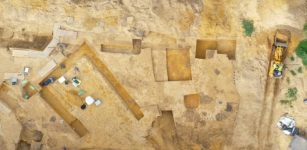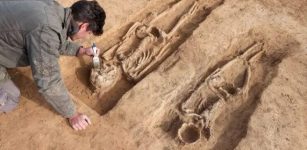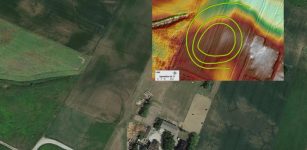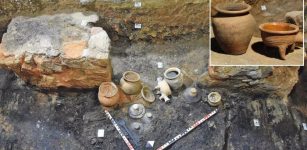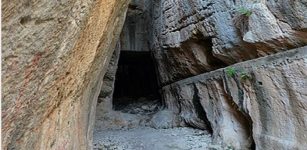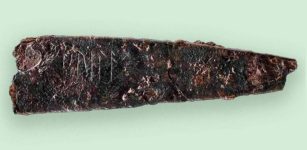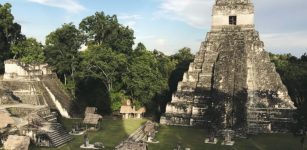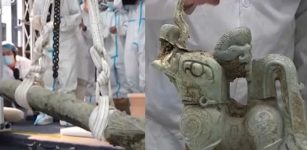Millennial Pre-Colonial Cultural Influence Is Evident In The Amazon Forest
Conny Waters - AncientPages.com - More than ten years ago, large geometric earthworks found in the southwestern parts of the Amazon, called geoglyphs, were reported in the global science news.
A pre-colonial civilization unknown to scholars built geometric ceremonial centers and sophisticated road systems. This civilization flourished in the rainforest area 2,000 years ago.
 Aerial view of the main research site called Tequinho. Credit: Martti Pärssinen
Aerial view of the main research site called Tequinho. Credit: Martti Pärssinen
The discovery radically altered the prevailing notion of the pristine Amazon rainforest. Recent findings show that large ancient construction projects not only shaped the landscape, but civilization has also impacted the diverse construction of rainforest.
The research shows that in addition to the cultivation of manioc, maize, and squash, the protection, care, and planting of several trees were important for the food supply of the region's indigenous peoples, says research director Professor Martti Pärssinen.
In particular, Brazilian nut and palm trees with protein-rich fruits are common in samples from geoglyphic sites. They show the pre-colonial diet of the geoglyphic ceremonial sites.
However, tree domestication was not a linear process in Amazon conditions, as wild forms of plants could also be protected. During the archaeological excavations, wild and domesticated forms of peach palm fruit were found, among other plants. On the other hand, especially Brazilian nut trees as well as many palm trees, which are vital for both their fruits and palm kernels, were domesticated in the rainforest area for human consumption. Their fruits are clearly larger than they were 2,000 years ago.
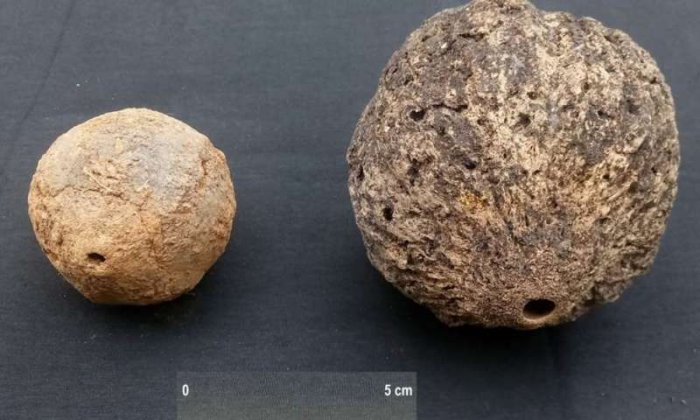 The fruit of Brazilian nut trees 2, 000 years ago and today. Photo: E. Ferreira
The fruit of Brazilian nut trees 2, 000 years ago and today. Photo: E. Ferreira
A nonlinear process of domestication is evident, as both wild and domesticated peach palm trees are still well known by Indigenous peoples in the state of Acre, and the latter has spread to a very large area across the Amazon, says Pirjo Kristiina Virtanen, an assistant professor involved in the project.
Human impact on the Amazon rainforest stand has been significant, and therefore there is no such thing as the virgin rainforest. On the other hand, the study shows that Indigenous peoples of the Amazon have been able to use their environment in a sustainable way by domesticating certain plants while protecting and respecting it. There is no indication that large areas of forest would have been deforested.
See also: More Archaeology News
These new findings argue against the idealistic notion of the pristine Amazon rainforest. At the same time, however, it highlights how Indigenous peoples utilize wild plants while domesticating certain plants for humans' use. The relationship between the peoples of the Amazon and the forest has been proved sustainable. It should be explored further and lessons could be learned from this.
Written by Conny Waters - AncientPages.com Staff Writer


